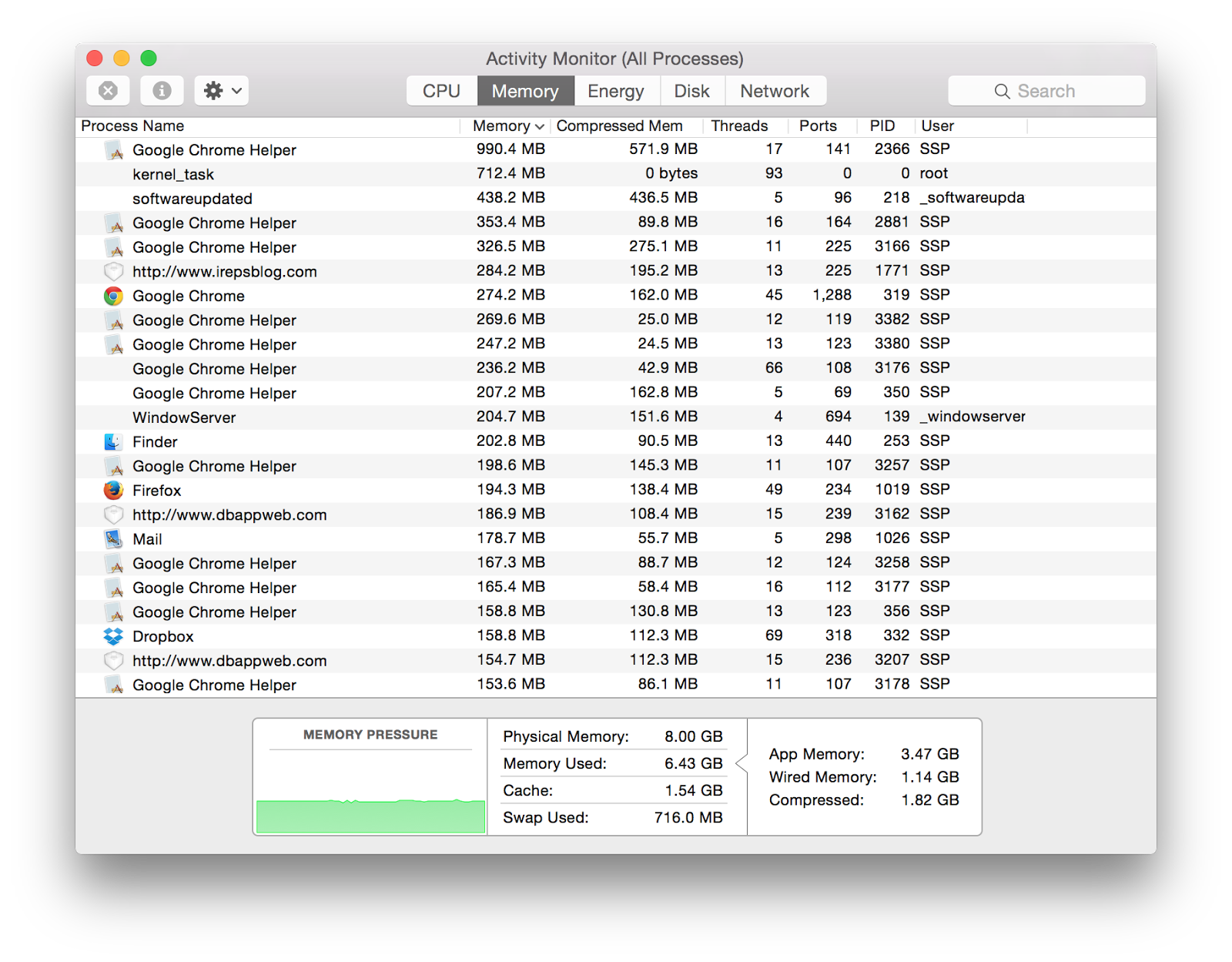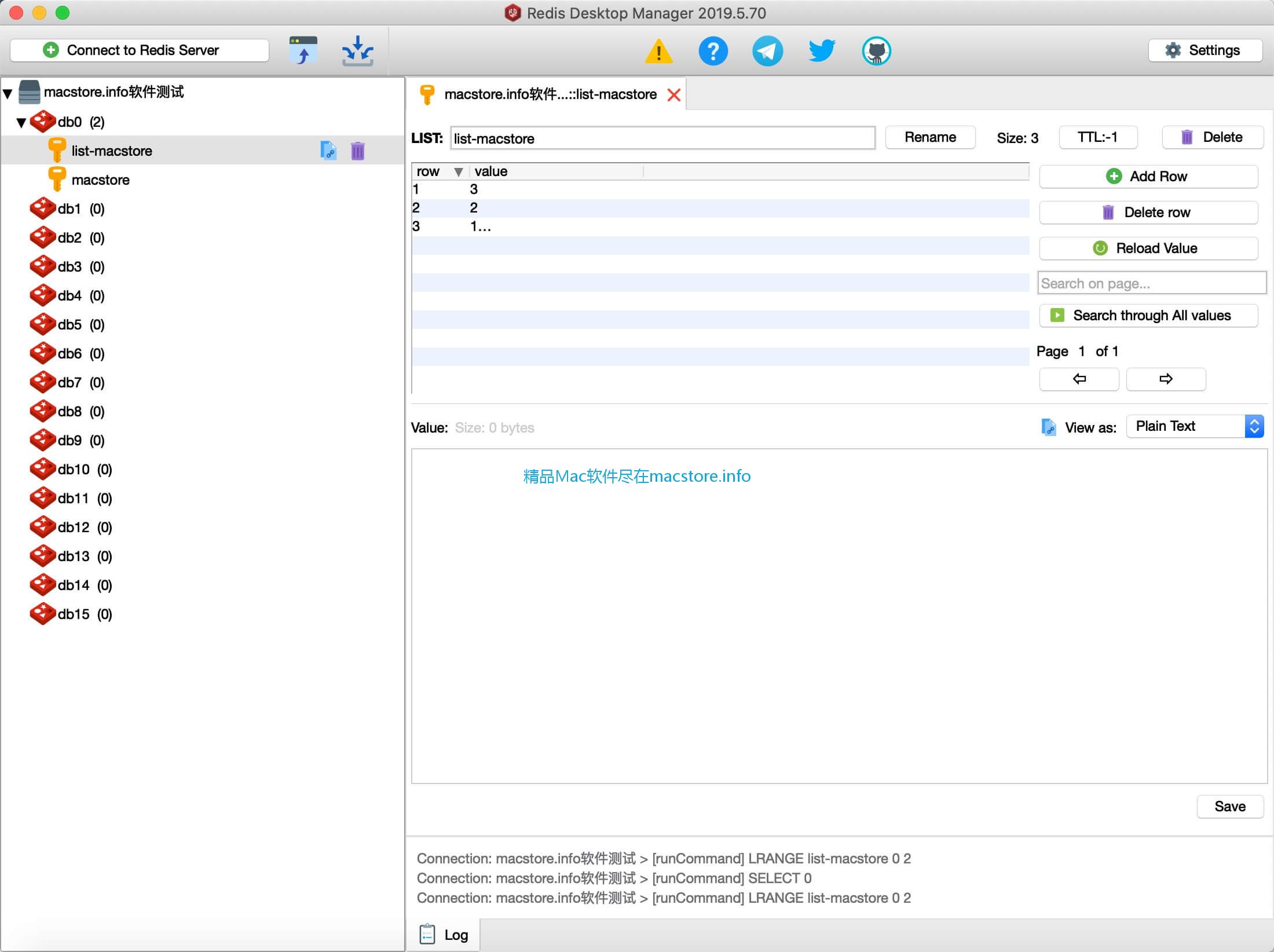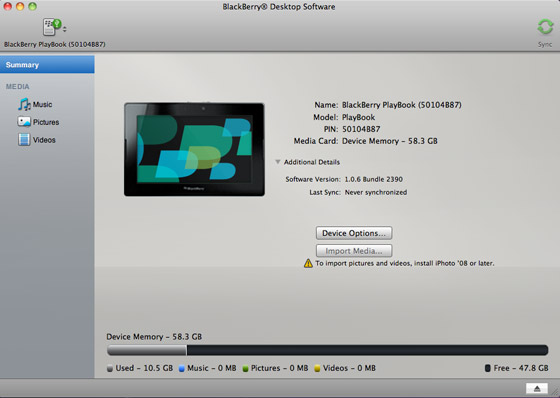

the entire screen freezes until the program either responds or is terminated.screen updates become unbearably slow.portions of windows (such as decorative drop shadows) are left behind and not properly painted over.a clipped window does not repaint uncovered regions, resulting in either blank spaces or a "trail" left behind from another window.Then, one or more of the following conditions may result: A malicious program can cause the system to appear unstable by simply neglecting to repaint its window. With a stacking manager, the repainting process can become corrupted when a program that is slow, unresponsive or buggy does not respond to messages in a timely manner. The window manager sends each window a message to repaint itself whenever appropriate (such as when it is resized, or when another window passes in front of it).


Computer graphics technology allows for visual effects to be rendered in real time such as drop shadows, live previews, and complex animation. Ĭompositing window managers may perform additional processing on buffered windows, applying 2D and 3D animated effects such as blending, fading, scaling, rotation, duplication, bending and contortion, shuffling, blurring, redirecting applications, and translating windows into one of a number of displays and virtual desktops. A compositing window manager, or compositor, is a window manager that is also a compositing manager. The compositing manager composites the window buffers into an image representing the screen and writes the result into the display memory. A compositing manager is software that provides applications with an off-screen buffer for each window.


 0 kommentar(er)
0 kommentar(er)
